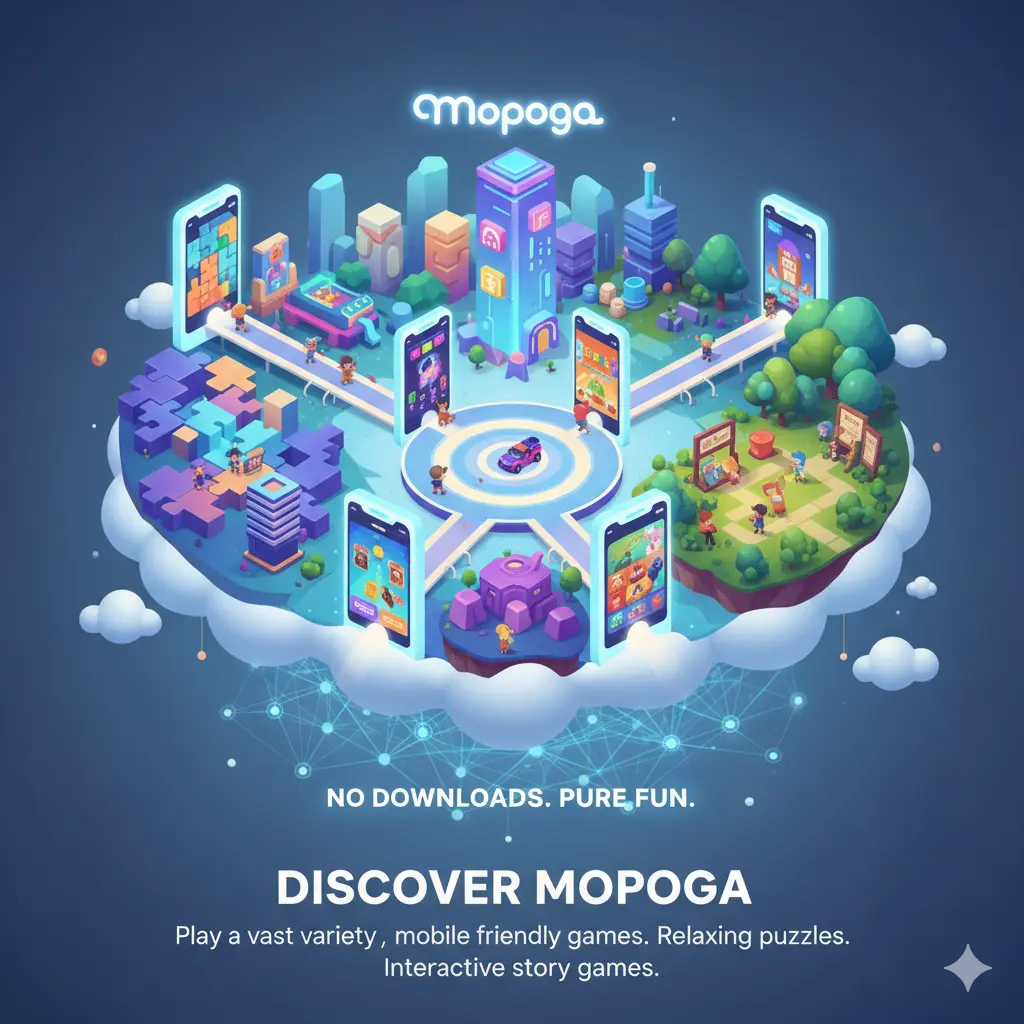
Hitaar | Bridging Tradition and Innovation in Today’s World
- Ventscripe Staff
- August 13, 2025
- Lifestyle
- hitaar
- 0 Comments
In a world where everyone is disengaged and apathetic, the hitaar is an example of the unity between tradition and the modern world. The instrument has been integrated into the fabric of many cultures for centuries, and serves not just as a musical instrument, but also as an instrument for communication. When we look into the fascinating story of the hitaar, we’ll discover its long history, its traditional applications, and the exciting innovations that are defining its role in present-day society. Prepare to dive into the ways this amazing instrument is causing waves far beyond just sound. It’s changing the lives of communities and bringing about change around the world!
The History and Origins of Hitaar
The history of the hitaar is rooted in ancient cultures. It is believed that it has been developed in regions where art and music flourished along with cultural exchanges. The craftsmanship of this instrument reflects the ideals of communities that were devoted to storytelling through music.
The evidence from historical texts suggests that its use goes back many centuries, usually in conjunction with religious ceremonies and celebrations. As societies changed and changed, so did the hitaar’s style and function, adjusting to various styles of music across different cultures.
Each region has infused its unique flavor into the hitaar, resulting in variations that tell stories of their own. From traditional dances to formal gatherings, it has become an expression that unifies and expresses.
The rich layers of history show that the instrument is not only an instrument but an integral aspect of heritage. The history of the hitaar demonstrates how the power of creativity can transcend boundaries and yet maintain connections with the historical past.
Traditional Uses of Hitaar in Different Cultures
Hitaar is woven through the lives of many communities across the globe. The traditional ways of using it typically reflect deeply-rooted traditions and beliefs unique to every community.
It is a common practice in South Asia, for instance, that Hitaar is revered in religious rituals. It is commonplace to see the versatile product being utilized for ceremonies that promote harmony and well-being.
Additionally, in certain African societies, Hitaar plays a vital part in the traditional practices of healing. The healers integrate it into their rituals to increase the healing properties of herbs or roots.
Within Indigenous American traditions, Hitaar is considered to be an expression of respect towards nature. It’s frequently used to create items to honor the spirits of ancestors or to celebrate the seasons.
With these many different cultures, Hitaar serves not just for practical reasons, but also serves as a testimony to heritage as well as identity.
Modern Innovations in Hitaar
Modern innovations in the field of hitaar have revolutionized its use in a variety of industries. The introduction of new materials has improved the durability and sound quality of these instruments and made these instruments accessible to people across the world.
Digital technology is a key element in the process. Musicians are now able to incorporate hitaar in electronic sets, mixing traditional music with modern styles. This combination creates innovative new musical styles that appeal to younger audiences.
In addition, online platforms have emerged to provide hitaar-related instruction worldwide. Interested musicians can benefit from lessons and online lessons that link them to professional musicians, regardless of geographical location.
Sustainability is a different trend. Many artists are researching eco-friendly methods of making use of natural resources to make hitaar instruments. This change not only helps preserve cultural heritage, but it also tackles environmental issues and ensures that the tradition of hitaar continues to be practiced in the future for generations to come.
Benefits of Using Hitaar Today
The advantages of hitaar are many and powerful. The versatile tool improves craftsmanship across many trades and makes tasks more efficient.
Hitaar is a way to promote sustainability by using eco-friendly materials. When people are more eco-aware, incorporating it into their daily routines can lead to a more sustainable lifestyle.
Additionally, the cultural significance of the hitaar encourages community bonds. It brings together artisans to exchange techniques and customs. This helps strengthen relations while also protecting heritage.
Integrating hitaar into your daily routine will also boost your mental health. Engaging in traditional craft activities can have the ability to relax and allow individuals to reconnect to their roots.
The combination of innovation and tradition opens up new opportunities for entrepreneurs. The blend of modern designs with traditional techniques attracts various audiences, boosting markets and improving local economies.
How Hitaar is Making a Difference in Communities?
Hitaar is transforming communities in remarkable ways by combining traditional practices with new approaches that promote cooperation and unity among different groups.
Local artisans are empowered by initiatives that promote hand-crafted products made from hitaar materials. This is not just preserving cultural heritage, but also provides employment opportunities for the community.
Additionally, educational programs that revolve around hitaar assist younger generations to understand the significance of hitaar. Workshops are designed to teach the skills of making hitaar and ensure that the knowledge is passed on and is appreciated.
Environmental sustainability is a different benefit of utilizing the hitaar resource. Communities are incentivized to adopt eco-friendly methods by using natural materials as well as reducing waste, and preserving the natural habitats.
With the help of a collective effort based on hitaar principles, cities are experiencing a revival. Local markets are flourishing because unique products draw interest far outside of the boundaries of geography. The feeling of pride that is created further enhances community bonds, while also highlighting the value of shared traditions.
Conclusion
The future of hitaar has huge potential because it is continuing to develop and adapt to the ever-changing world. While we are embracing innovation and adhering to tradition, the rich history of Hittar provides an underlying basis for its growth. The community is beginning to recognize the potential of hitaar, not just as a cultural artifact, but also as a tool to promote sustainability and social change.
As more people prefer alternative sources of natural materials and products, the demand for hitaar is expected to rise. This opens up a new opportunity for craftsmen and artisans who specialize in making elegant yet practical pieces that reflect their heritage and appeal to modern preferences.
Furthermore, educational initiatives focused on teaching young generations about the hitaar craft can help foster an appreciation for the traditional techniques. By combining these conventional teachings and innovative methods, communities can ensure that this traditional craft continues to flourish for a long time to come.
The impact of the hitaar movement on society is more than aesthetics. It brings people together by sharing culture as well as values. The future of hitaar is brimming with possibilities, paving the path for both preservation and growth within the diverse communities across the world.
More to Read: Pyntekvister




